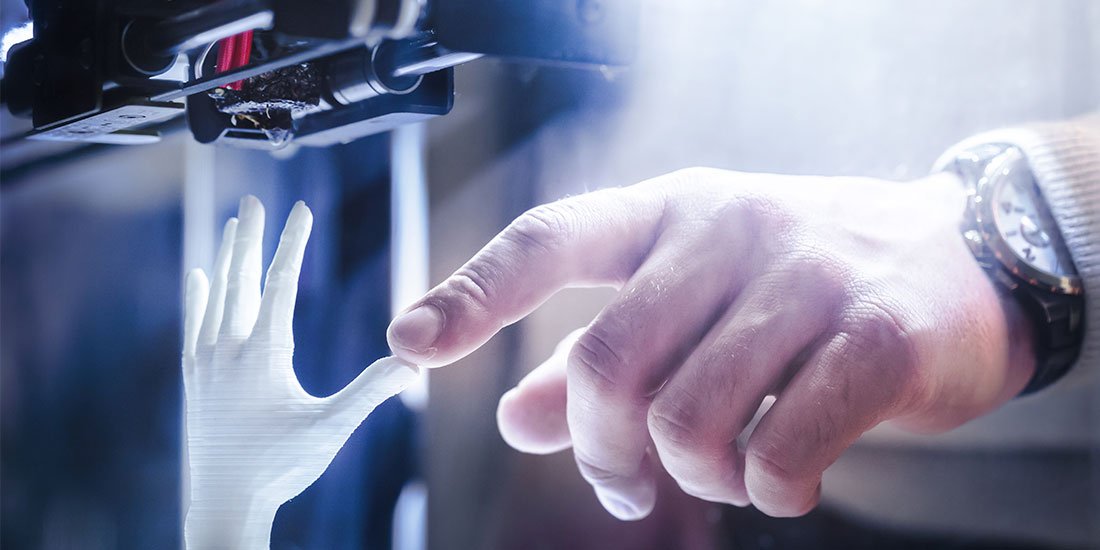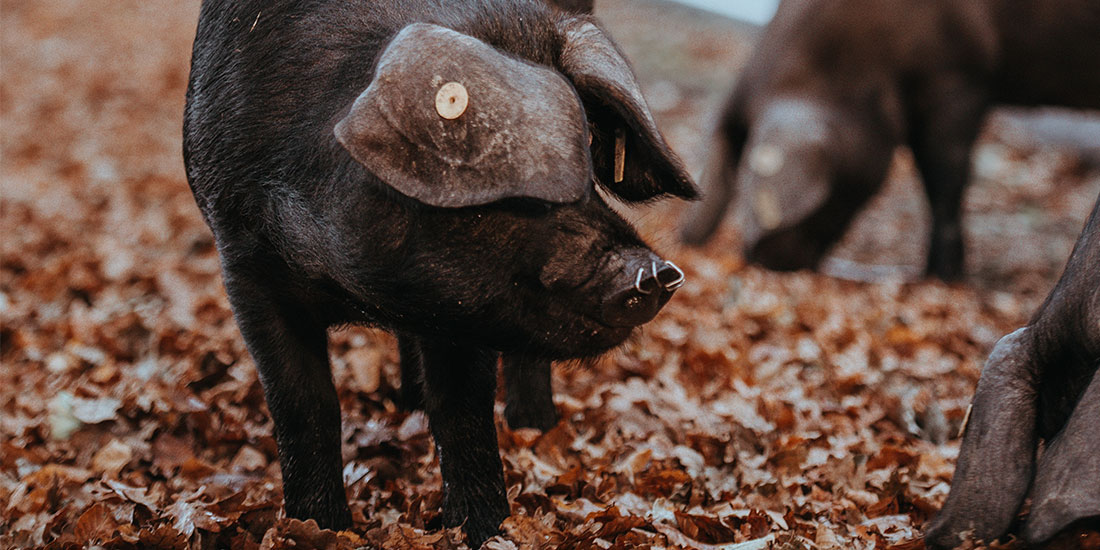
From pig guts to mutant lizards – weird and wonderful facts about the science of self-renewal
Did you know that a pig’s bladder can help humans grow muscles from scratch? How about the fact that axolotls are able regenerate parts of their own brains if damaged? The science of self-renewal is as weird as it is fascinating, and we are already living in a world where we are reaping the benefits. The field of regenerative medicine has seen some seriously exciting advancements are already changing the way we live – right now, scientists are completing the first lung stem cell transplant trial and creating brand-new skin for burns victims. To take a peek into the world of bespoke bodies, check out some of the mind-bending stuff that’s happening as we speak.
Using real-life Pokemon as inspo for regenerative research
Odds are you are familiar with axolotls – you know, the adorable but also kind of creepy walking fish that look like a cross between a lizard and a Pokemon. Turns out these little critters are good for more than just aesthetics – they have proven to be quite useful in the field of regenerative research. Axolotls are known for their ability to not only regenerate limbs but also parts of their organs like hearts and brains. Recently, researchers have gained access to the full genome sequence of an axolotl, which will allow them to identify specific genes and proteins that could hold the key to regeneration. Super exciting!
 The first lung stem cell transplantation clinical trial
The first lung stem cell transplantation clinical trial
The lives of people suffering from chronic pulmonary diseases could be looking a whole lot better in as little as five years thanks to a research team from Tongji University in China. A study led by Professor Wei Zuo has made a huge breakthrough in human lung regeneration technology – for the first time in history, researchers have been able to regenerate patients’ damaged lungs using autologous lung stem cell transplantation in a pilot clinical trial. The team has carried out 80 stem cell transplantation cases in total up until this point, and while it’s still early days the results are looking extremely promising.
 The link between pig guts and regenerating lost tissue
The link between pig guts and regenerating lost tissue
When you hear ‘pig guts’ your first thought is probably the weird hotdogs they sell at sporting events, but there’s more to it than you may expect. A remarkable substance found in pigs enables the body to regenerate lost tissue, including fingertips and big chunks of muscle. The part of a pig’s bladder known as the extracellular matrix – or ECM to those in the know – is a fibrous substance that occupies the spaces between cells. It was once thought to be a simple cellular shock absorber but has since been understood to contain powerful proteins that can reawaken the body’s latent ability to regenerate tissue. This pretty much means that with a little more time and research in the regenerative medicine field, we could hold the key to trauma victims being able to regrow damaged skin and muscle.
 Hair today, grown tomorrow
Hair today, grown tomorrow
Whilst not necessarily life threatening, hair loss can be a pretty devastating thing to go through. Researchers are working on a solution that could change things forever – hair regenerative medicine has come about as a new therapy to combat hair loss. The process involves regenerating hair follicles, the tiny organs that grow and sustain hair. After completing some tests on mice, scientists have been able to combat one of the most challenging obstacles facing the regenerative medicine – so things are looking very much up for human hair reformulation.
Has this got you all kinds of excited (and curious)? You can check out Bespoke Bodies: The Path to Human Regeneration when it hits the World Science Festival Brisbane on Thursday March 22 at QPAC. There are plenty of other rad events happening at the festival, which runs from March 21–25 – take a look at the huge program and buy tickets here.
To find out more about what’s on in the Gold Coast, head to our Event Guide.



